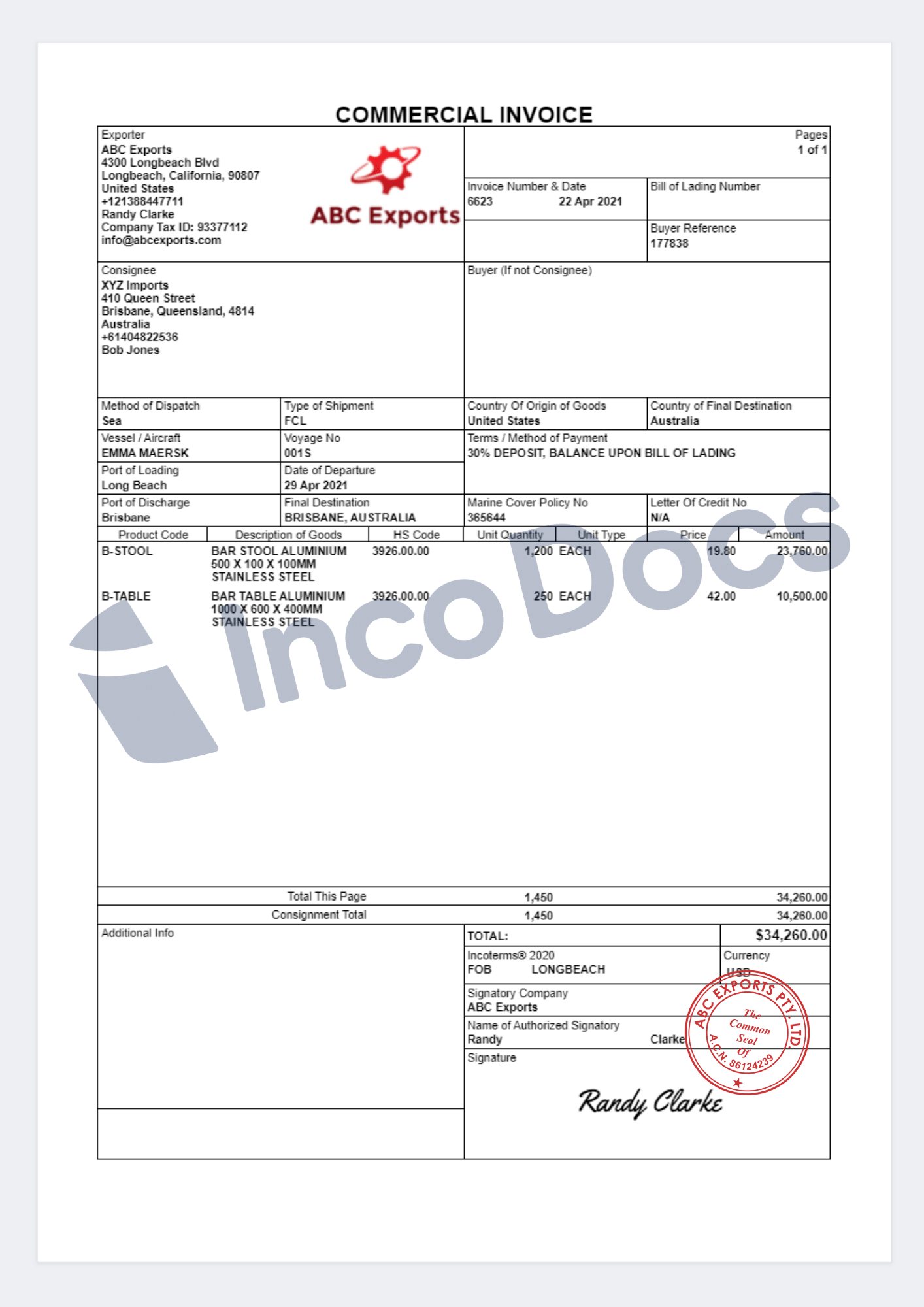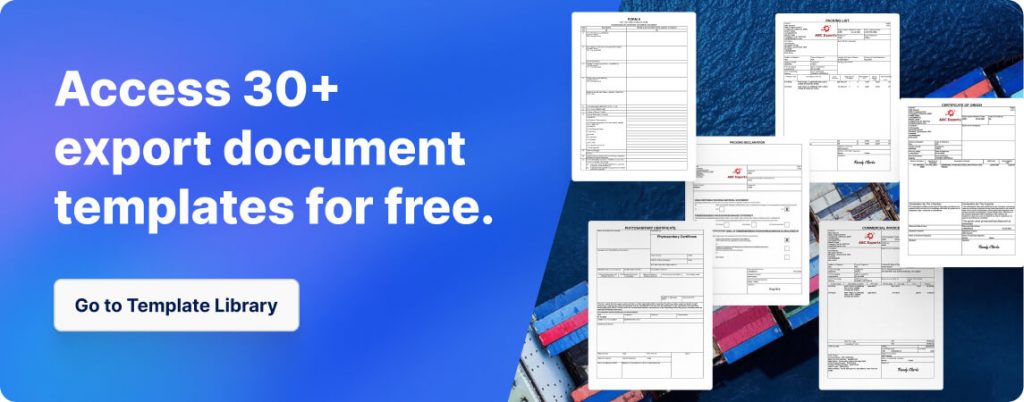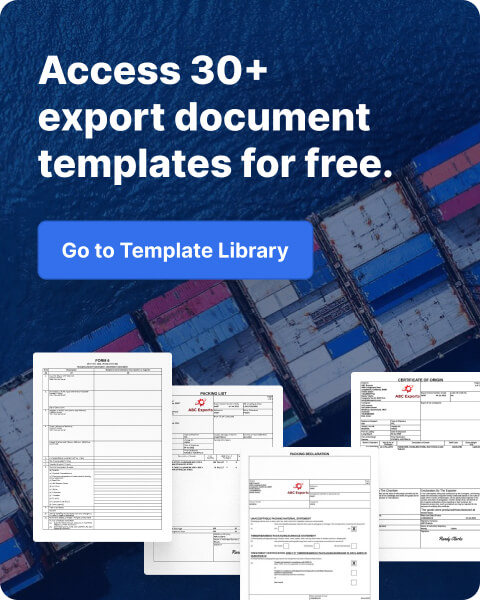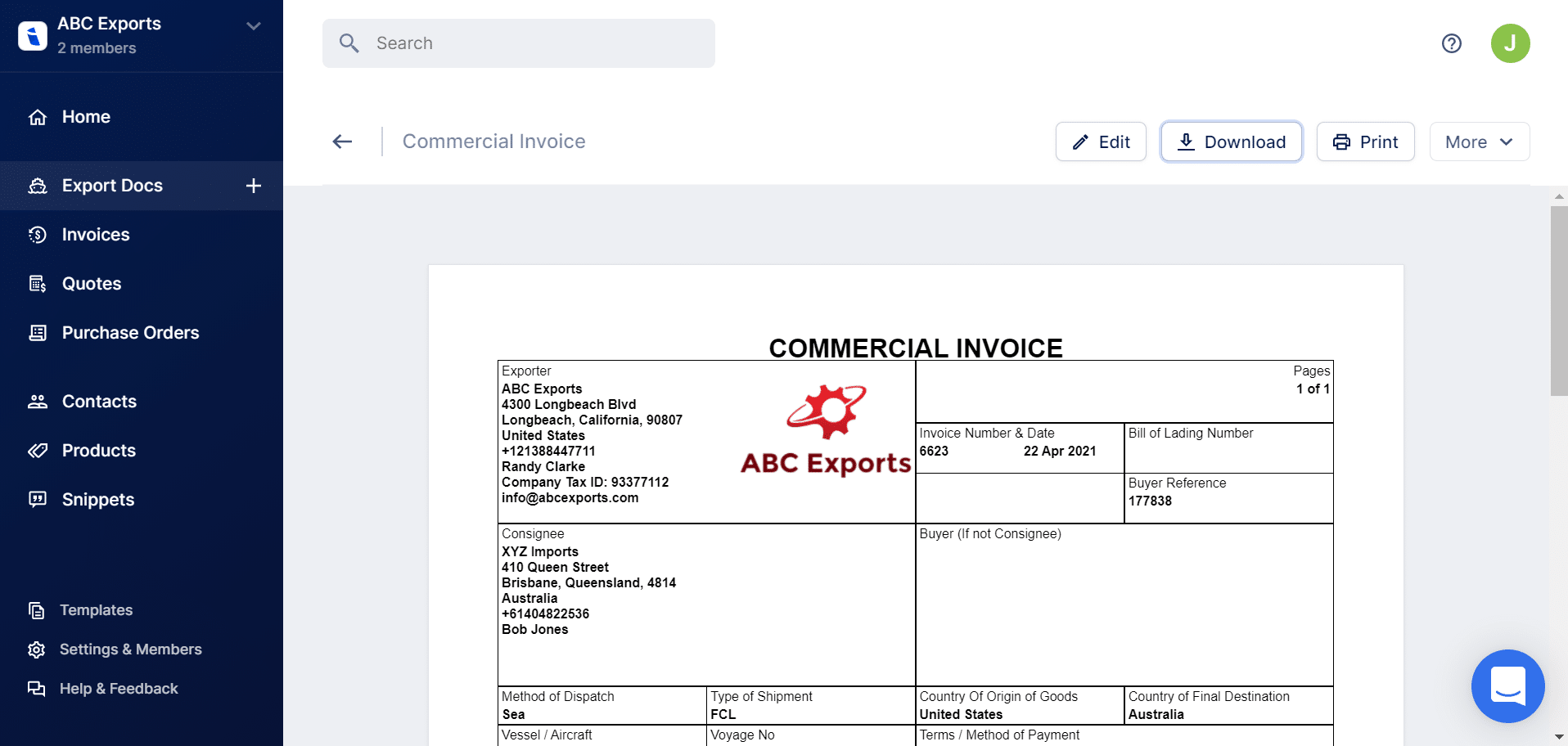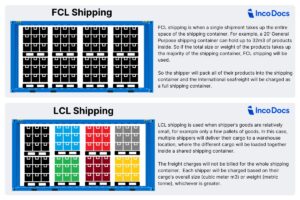How to Create and Download a Commercial Invoice document for Export
First, a Commercial Invoice document is an important trade document used in Global Trade. When products ship internationally, the shipper will have to provide the buyer with a Commercial Invoice document. The buyer (importer) will use this invoice and other shipping documents to get the products cleared through customs in the country of import. In doing so, this provides all important information and instructions for buyers, freight forwarders, Customs, agents and banks (if required).
The International Commercial Invoice generally does not show tax, as International transactions for export may not be subject to local taxes. Therefore, the exporter must ensure that all information is clearly stated in a correctly formatted document to avoid the importer having any issues or delays clearing the goods through customs.
Commercial invoices must be provided for all seafreight and airfreight shipments. For example, if you are sending airfreight shipments with FedEx or DHL you will have to provide a FedEx commercial invoice or DHL commercial invoice.
How to create a compliant Commercial Invoice document.
Some Exporters create shipping documents in broken Microsoft Word templates or Excel templates. If these templates are missing vital information it can cause confusion to buyers and freight forwarders, or can result in costly shipping delays, fines and demurrage charges.
Shippers use IncoDocs to easily create Commercial Invoices, Packing Lists and other important shipping documents. In addition, all templates are aligned to the United Nations Layout Key recommendations for trade documentation. This ensures compliance to avoid problems and delays with trade shipments.
How Shippers create Commercial Invoice Documents for seafreight and airfreight shipments.
What information is included on a Commercial Invoice Document?
- Shipper’s (Exporter) company name, address and contact details
- Consignee’s company name, address and contact detail
- Buyer (3rd party, if not consignee)
- Method of Dispatch – Road, Rail, Air or Sea
- Type of Shipment – FCL, LCL, Breakbulk etc
- Vessel Name and Voyage Number (optional)
- Port of loading, port of discharge, final destination
- Invoice number and date
- Bill of Lading Number, Marine Cover Policy Number, Letter of Credit Number (optional fields)
- Country of Origin of goods
- Country of Final Destination
- Terms / Method of payment (optional)
- Detailed product information – including product description, HS code, quantity, unit type, price and currency
- Incoterm® – Terms of trade
- Name, date and signature of authorized company representative
See below example of a commercial invoice document form:
